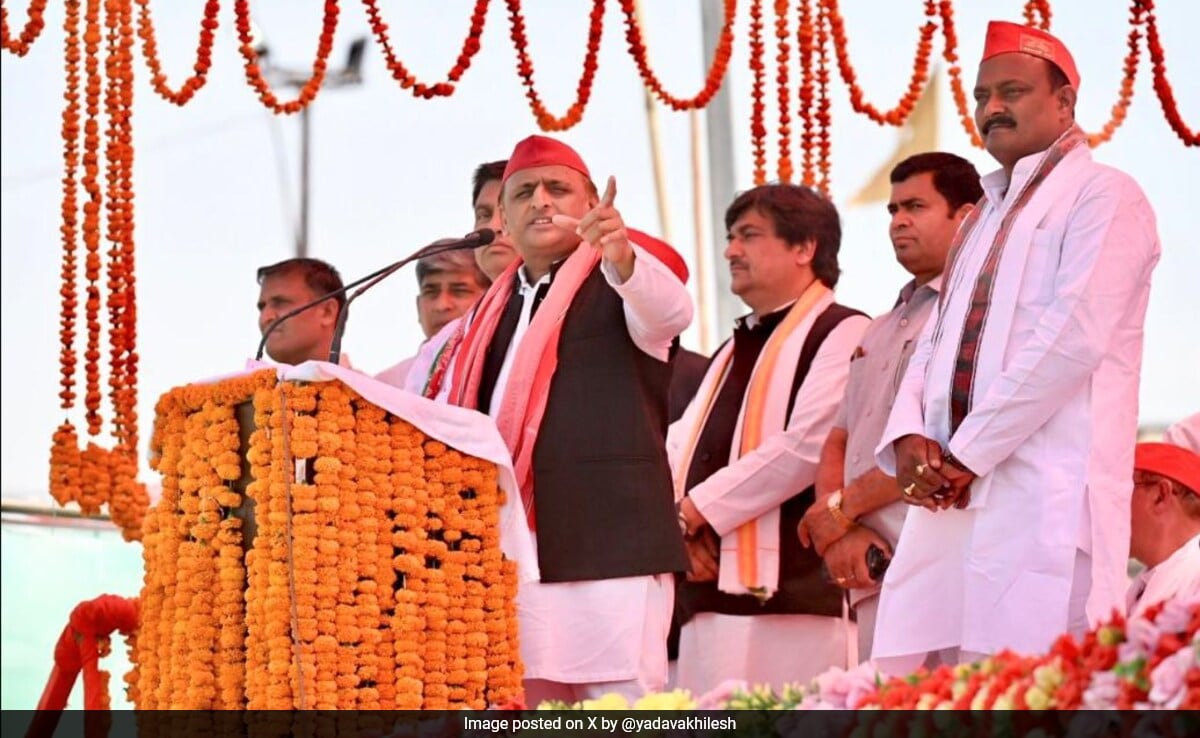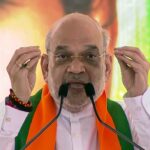For weeks, Donald J. Trump has romped through Iowa and New Hampshire without breaking a sweat, muscling out rivals for the Republican nomination and soaking up adoration from crowds convinced he will be the next president of the United States.
But as Mr. Trump marches steadily toward his party’s nomination, a harsher reality awaits him.
Outside the soft bubble of Republican primaries, Mr. Trump’s campaign is confronting enduring vulnerabilities that make his nomination a considerable risk for his party. Those weaknesses were laid bare in New Hampshire on Tuesday, where independents, college-educated voters and Republicans unwilling to dismiss his legal jeopardy voted in large numbers for his rival, Nikki Haley.
Mr. Trump still won easily. The voters opposed to his bid didn’t outnumber the many Republicans clamoring to see him return to power. But the results, delivered by more than 310,000 voters in a politically divided state, pointed to the trouble ahead for Mr. Trump as the presidential race leaves MAGA world and enters a broader electorate, one that rejected him less than four years ago.
“When I have people come up to me who voted for Reagan in ’76 and have been conservative their whole life say that they don’t want to vote for Trump again, that’s a problem,” Gov. Ron DeSantis of Florida said Tuesday in an interview with Blaze TV, a conservative media company, just a couple of days after he ended his own campaign and endorsed Mr. Trump. “So he’s got to figure out a way to solve that.”
President Biden would face his own challenges in a rematch of the 2020 contest. Unlike four years ago, Mr. Biden, 81, is widely disliked and most Americans disapprove of his job performance. Four years older than Mr. Trump, Mr. Biden is facing deep skepticism about his age and is struggling to hold onto the coalition of voters who underpinned his first victory. He has turned to issues like abortion rights and democracy, themes that resonate among his base, independents and even some moderate Republicans.
But like Mr. Trump, he faces some doubts from within his own party. Immigration, inflation and his support for Israel in its war in Gaza have chipped away at his support among young voters, Black and Latino voters, and liberals.
“The general election really starts now, and you’ve got the two most unpopular political leaders going who are going to be facing off against each other,” Neil Newhouse, a Republican pollster, said. “It’s a lesser-of-two-evils election.”
Mr. Trump’s problems, however, go back further. His takeover of the Republican Party in 2016 repelled suburban moderates and independents, and there’s little evidence he has found a way to draw them back.
In New Hampshire, 44 percent of Republican primary voters were independents: Ms. Haley won most of them, 58 percent to 39 percent.
Polling suggests many of those voters were not just enamored with a fresh face, but were specifically voting to register their opposition to Mr. Trump. Four in 10 voters who backed Ms. Haley said their dislike of Mr. Trump was a more important factor in their vote than their approval of Ms. Haley, according to exit polls. More than 90 percent said they would be dissatisfied if Mr. Trump won the nomination for a third time.
Mr. Trump had some of the same struggles with independent-minded voters in the Iowa caucuses, a contest that typically draws more conservative, Republican base voters. Exit polls there show that 55 percent of people who identified as independents backed one of Mr. Trump’s opponents.
Mr. Trump will no doubt win many of these voters in November. But the number of Haley supporters telling pollsters they will back Mr. Biden — roughly 40 percent according to state and national polls — is striking. Even if some of those voters were never Trump voters to begin with, the figure suggests a large number of Republicans, or former Republicans, may not be coming home.
Mr. Newhouse warned about reading too much into the New Hampshire results, pointing out that the state, and its independents, lean left. New Hampshire has voted for Democrats in every presidential re-election since 2004. Still, he warned that his party had to ensure the election was not a referendum on Mr. Trump.
“When voters are just going up and down on Trump, they’re thumbs down,” he said.
That’s how Ruth Axtell, an interior designer and New Hampshire independent who voted for Ms. Haley, sees the race. She backed Mr. Trump in 2016 but voted for Mr. Biden in 2020.
“I would love to get Trump out, and just have him be beaten by a woman, too,” Ms. Axtell said. But she’s not sure how she’ll vote in the general election: “This is what we’re stuck with?” she said.
New Hampshire’s results highlighted other weaknesses for Mr. Trump. He lost to Ms. Haley among voters with a college degree and the party’s highest earners, underscoring the problems he’s had holding voters that once made up the bedrock of his party.
Mr. Trump’s biggest defeats in New Hampshire appeared to come in Hanover, Lyme and Lebanon — affluent, highly educated towns around Dartmouth College and the Dartmouth Hitchcock Medical Center.
Even in Iowa, where caucusgoers were more connected to the MAGA movement, Mr. Trump was weakest in upper-income suburbs. In Dallas County, the swing suburban area around Des Moines, which Mr. Trump narrowly won in 2020, he captured just 39 percent support of the Republican caucusgoers.
Mr. Trump has shrugged off concerns about winning back Republicans who have rejected him. “I’m not sure we need too many,” he told reporters Tuesday in New Hampshire. “They’re all coming back.”
In his victory speech on Tuesday, a chance to pivot to a general election audience, Mr. Trump used the attention to attack Ms. Haley, rather than call for unity across the party as he did after the Iowa caucuses. He later insulted her dress on his Truth Social platform. “I don’t get too angry, I get even,” he said.
Trump aides and super PAC officials both view Mr. Biden’s campaign as a more formidable opponent than any of Mr. Trump’s primary rivals.
While Mr. DeSantis and Ms. Haley were largely unwilling or unable to swing back at Mr. Trump, Mr. Biden’s campaign won’t cede ground.
The Biden campaign, for example, has been quick to respond to Mr. Trump’s assertions that Mr. Biden is too old to serve another term, producing their own clips of Mr. Trump’s verbal slips and other moments of confusion.
In recent days, the super PAC MAGA Inc., which has spent $36 million on an advertising blitz supporting Mr. Trump’s primary bid, has made urgent appeals to donors, pointing to internal projections that the Biden campaign will have spent $100 million on television by the end of the first quarter and as much as $300 million by the Republican National Convention in July.
In an email this week to one donor, the super PAC’s executive director, Taylor Budowich, said the onslaught of spending from Mr. Biden was an attempt to refocus voters on issues that resonated with independents and favor Democrats, such as abortion rights.
Mr. Trump would be positioned to defeat Mr. Biden, Mr. Budowich said in the fund-raising appeal, as long as the Trump team could keep voters focused on issues like the economy, national security and crime.
Focusing on issues, however, isn’t Mr. Trump’s strong suit. In his victory speech Tuesday, he repeated lies about his defeat in 2020 and added a new one, claiming that he won New Hampshire that year. (Mr. Biden did.) The remark raised another warning flag for Mr. Trump once he leaves the safety of the MAGA universe.
Follow us on Google news ,Twitter , and Join Whatsapp Group of thelocalreport.in
















